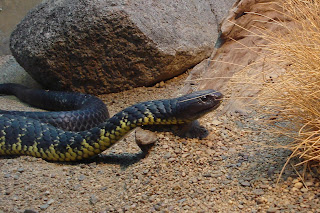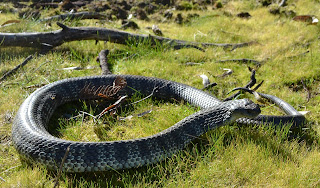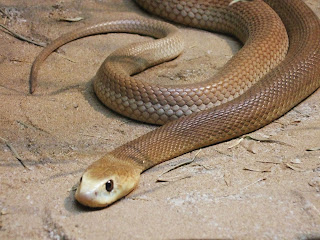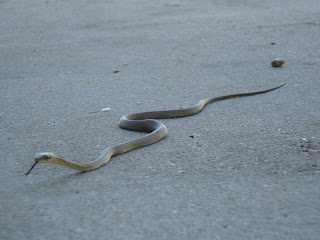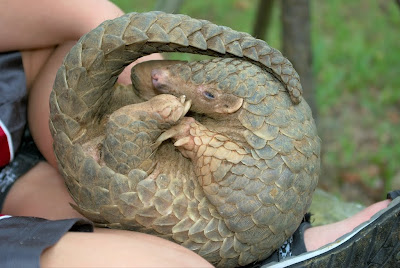Tiger Snakes are very common throughout the South East but their numbers have been seriously impacted on by swamp drainage and loss of frog numbers. Their numbers have seriously declined over most of their range but the decline is more severe along the River Murray and in the Adelaide Hills. Their prime food is frogs. They are prolific breeders and can quickly re-populate an area if conditions are suitable.
Tiger Snake
Tiger Snake
Tiger Snake
Tiger Snake
Tiger Snake
Tiger Snake
Tiger Snake



